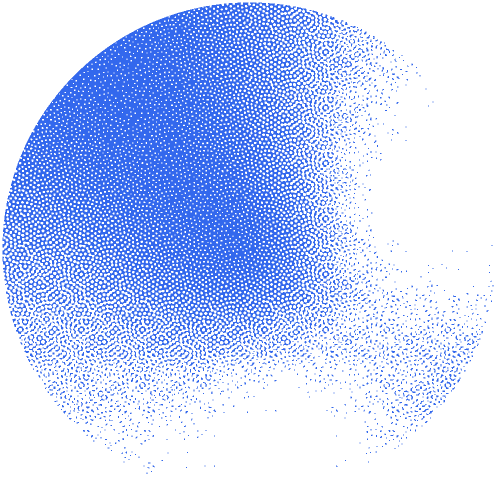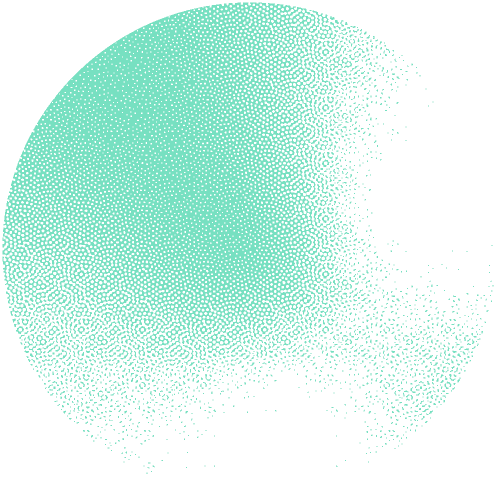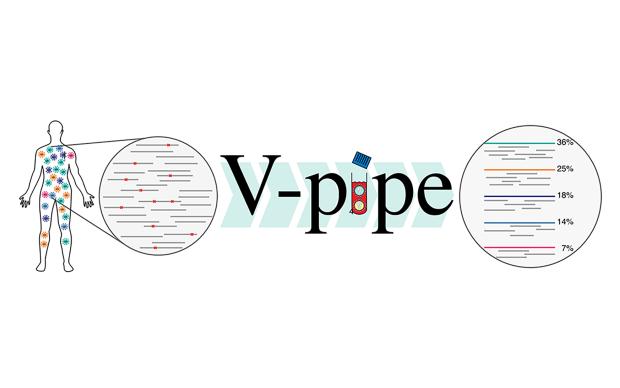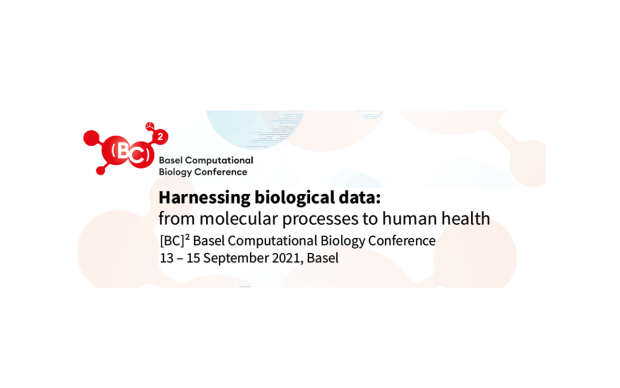Exploring the interplay between our genetic baggage and the environment – such as sleep, diet or socio-economic status – to explain particular traits is a mind-boggling enterprise where statistical mastery is essential. A new open-source method allows to accurately estimate how much of our genome makes us susceptible to environmental risk factors, which in turn predispose us to certain pathologies. The study describing the method, led by the SIB Group of Zoltán Kutalik at the University of Lausanne, is published in Nature Communications.
Genes as amplifiers or buffers of the environment
With a comparable amount of exposure to sunlight, why are people with fair skin more susceptible to skin cancer than those with darker skin? This is because genetic variations, rather than directly driving certain diseases or traits, can make us more – or less – susceptible to environmental factors such as sunlight, but also diet, physical activity etc. They can therefore amplify – or buffer against – their effects. This phenomenon is called ‘gene-environment interaction’ or GxE.
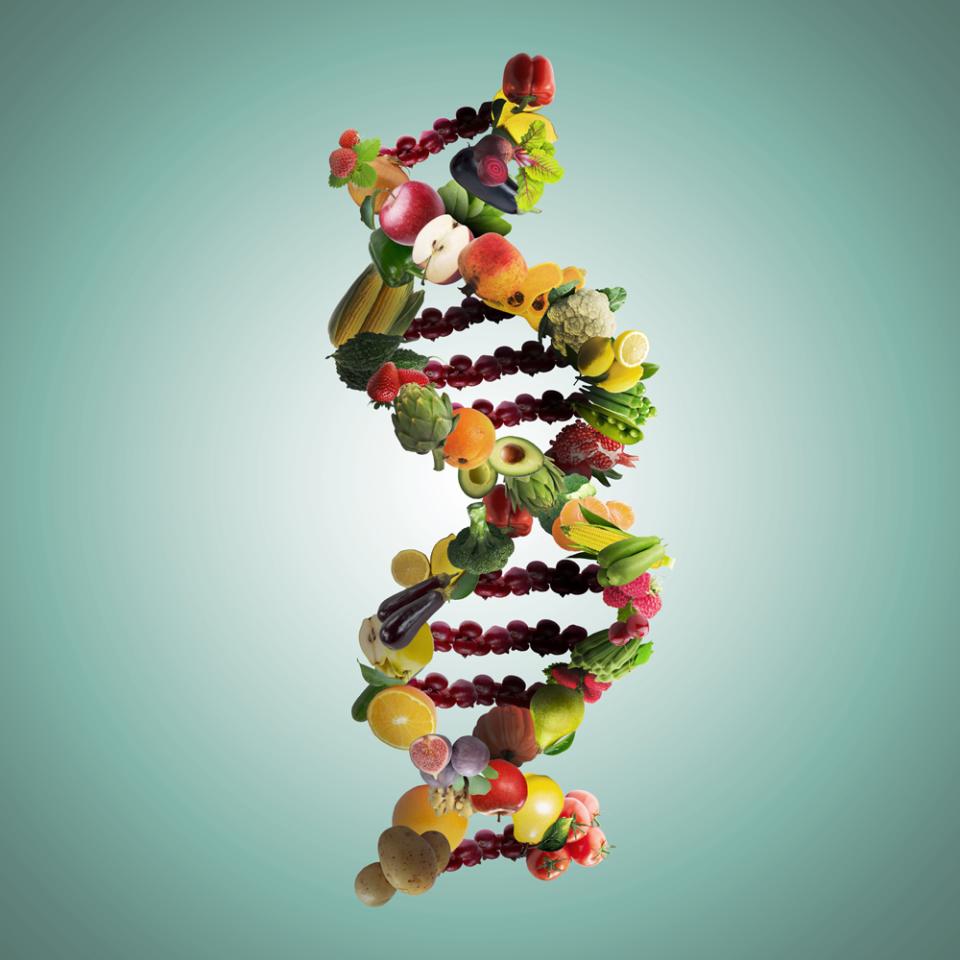
A new method to quantify GxE's impact on complex traits
The road to accurately measure GxE and its respective contribution to a particular complex trait, such as obesity, is paved with methodological pitfalls. Untenable assumptions regarding the way environmental variables are measured or correlated to each other are particularly called into question. In this new study, the SIB Group of Zoltán Kutalik proposes an open source GRSxE_software algorithm to accurately estimate, thanks to its statistical prowess, the contribution of GxE to complex traits. It takes into consideration all interacting environmental variables, but without the need to measure any of them. How? “This is possible because GxE leaves a trace in its wake: it makes the measured outcome trait vary more or less among people with different genetic predispositions. It is analogous (but less groundbreaking!) to the discovery of Neptune: the discrepancy between the expected and observed trajectory of Uranus made astronomers George Biddell Airy and John Adams realize that it may be caused by another planet, whose mass and orbit could be estimated without observing it”, explains Kutalik.
Opening the door to investigating the causes of obesity and other complex traits
As a proof-of-concept, they applied their method to the giant UK Biobank dataset, revealing a total genetic contribution of GxE up to 10% of heritability, for nine obesity-related measures. The method and results produced in the future could thus lead to significant public health benefits by identifying subgroups based on their genetic risk, where disease interventions would be more effective.
